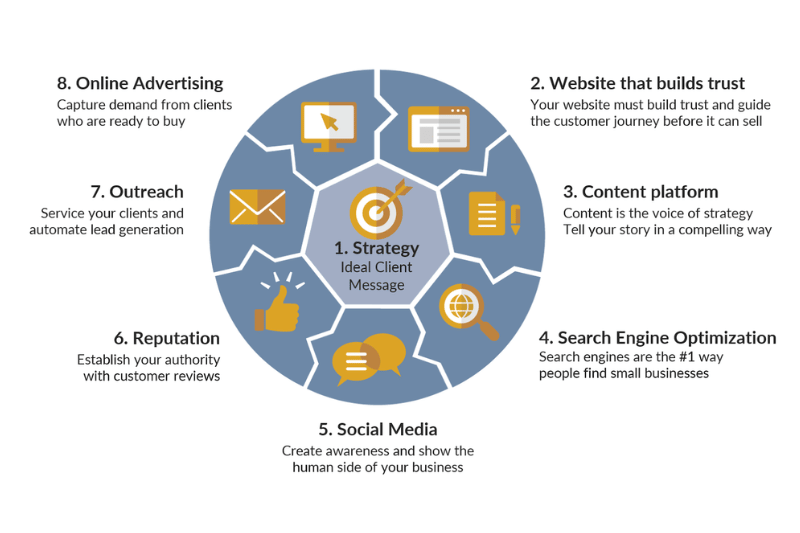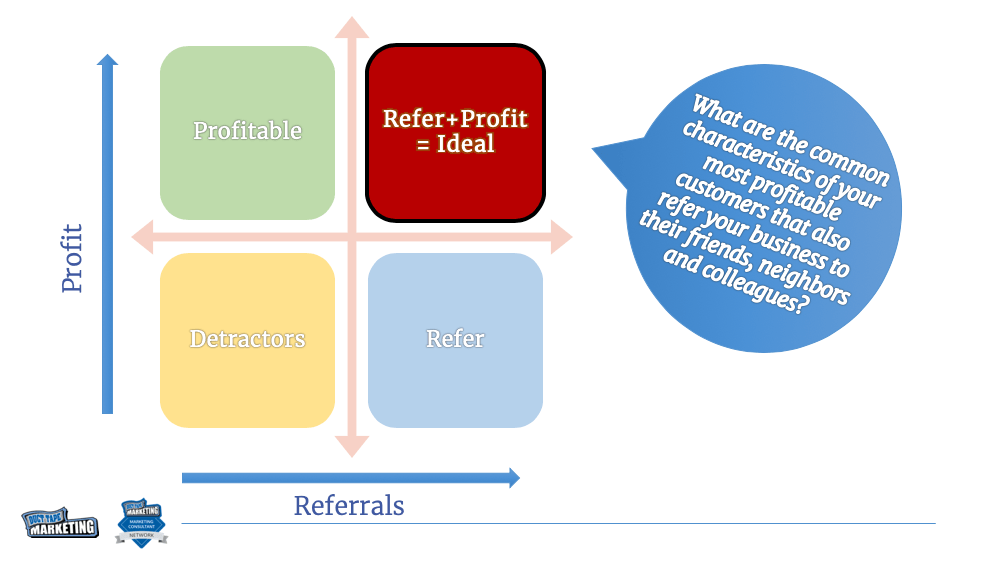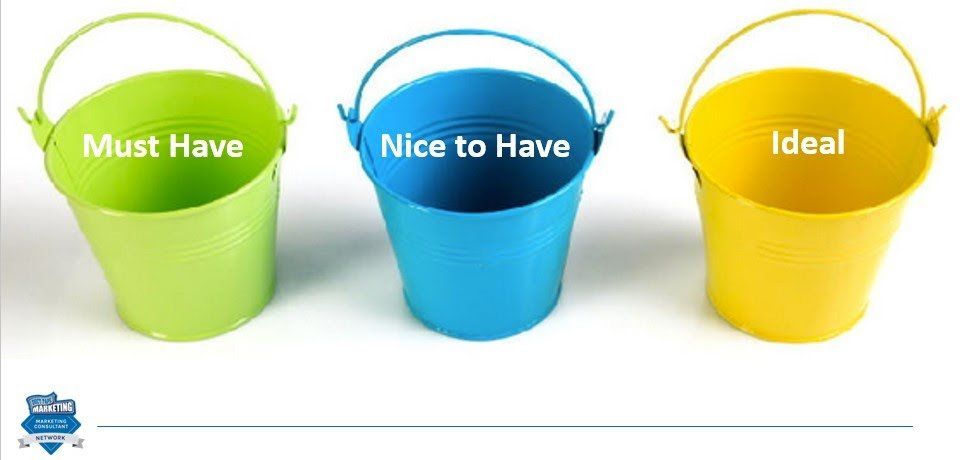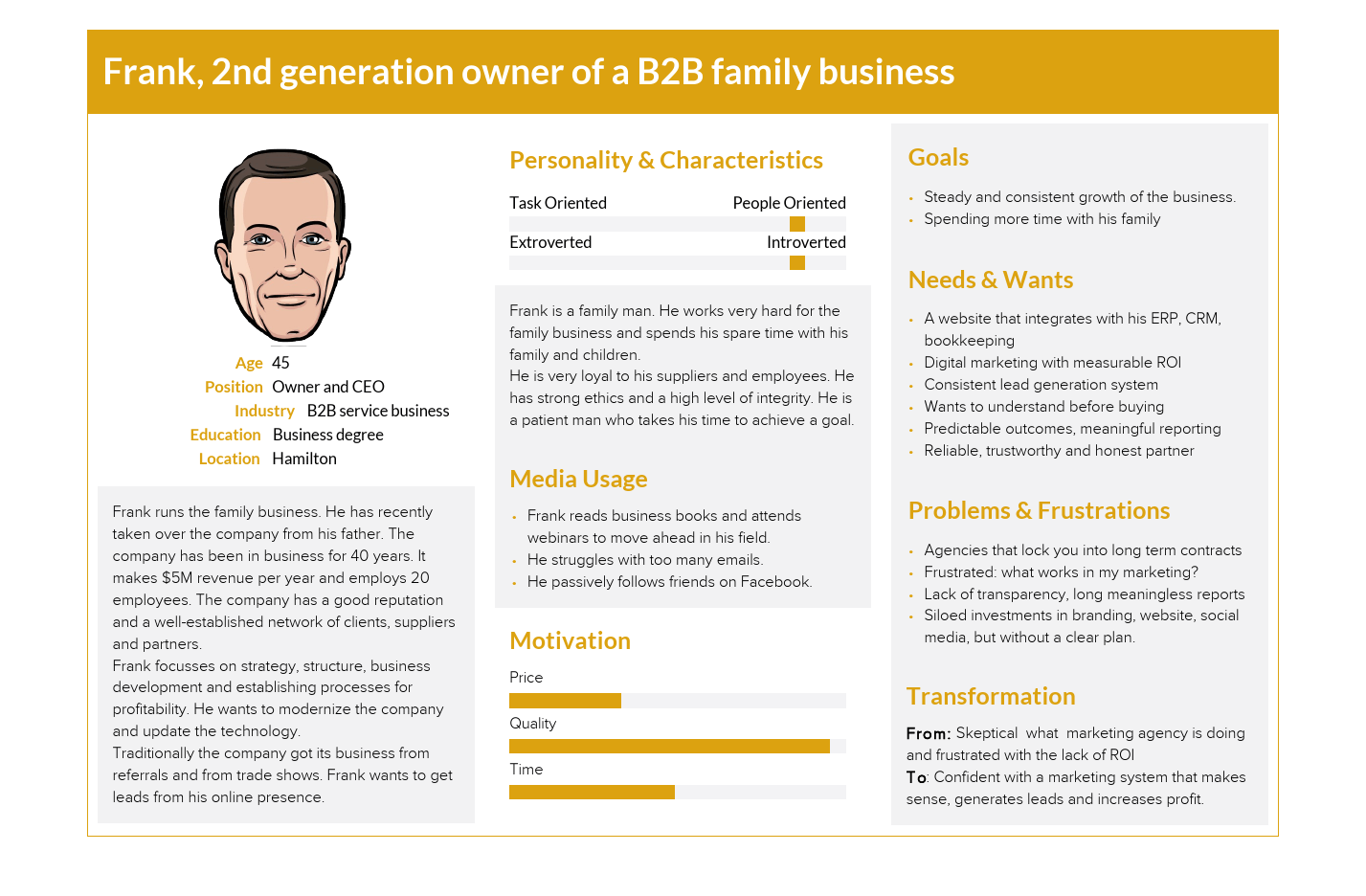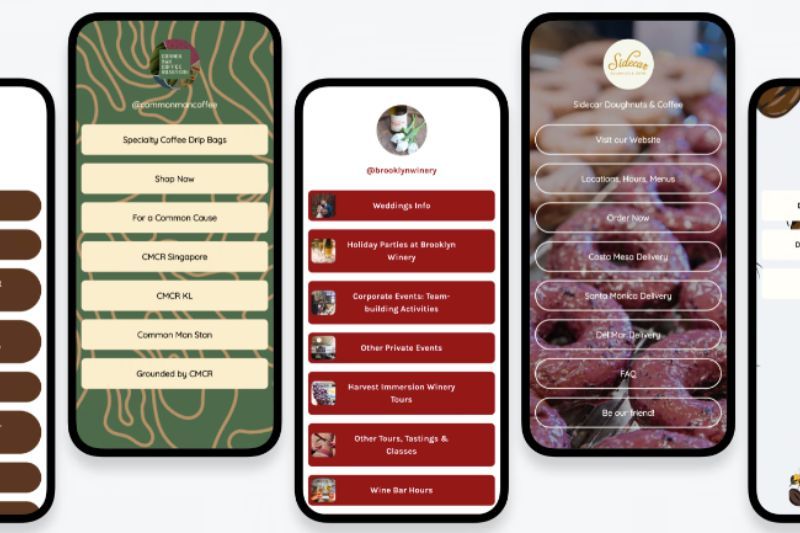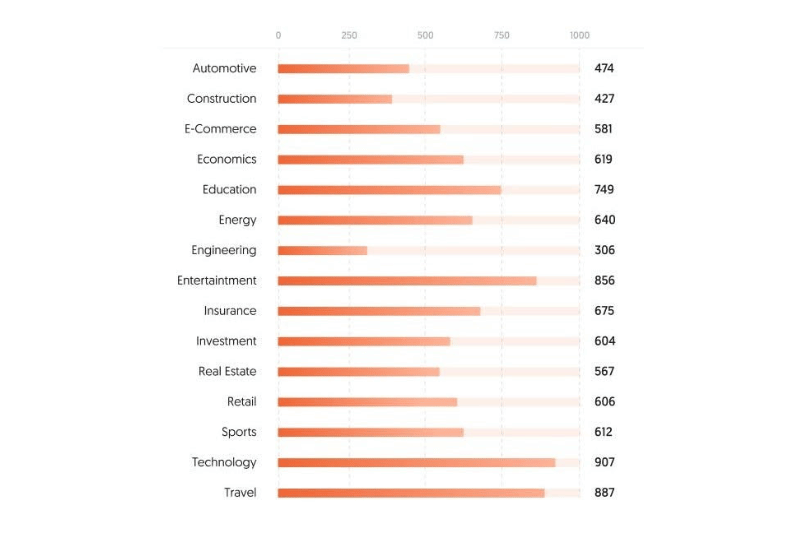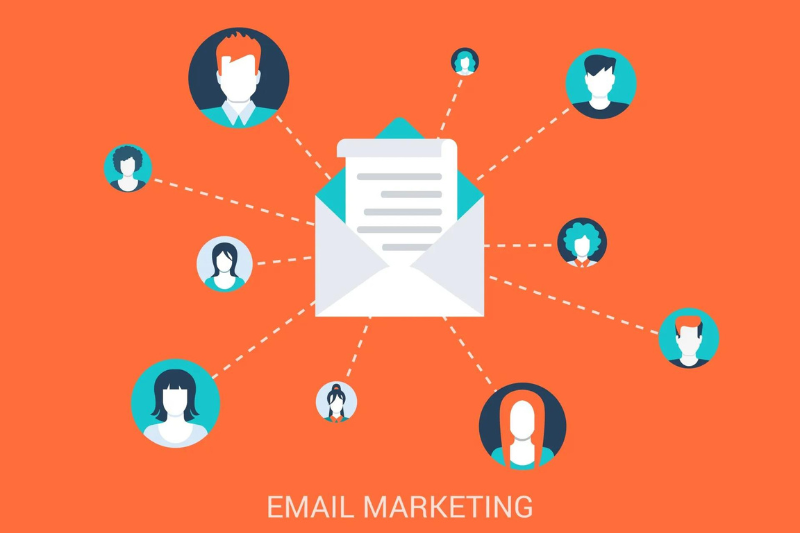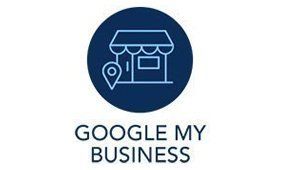How to Define Your Ideal Client
Business owners often don’t have a clear idea on who their clients are. When a business is growing you may be eager to take any business that comes your way. In the end, however, you will likely do your best work for a certain type of client.
When you can clearly communicate who you work with best, then you can start prospecting for those ideal clients. Over time you’ll build up a base of clients who are thrilled with your service and happy to refer you to their family and friends.
In this blog we’ll discuss the practical steps that will help you make a clear definition of your Ideal Clients, with a focus on B2B companies.
1. Ideal Clients Generate Profit
In the end, we want our business to be profitable, so the first requirement for our Ideal Clients is that they pay their bills on time, and that the work we do for them is profitable. No matter how awesome a client is personally, if they are not paying your bills, then they should not be your main focus.
The first step in defining your Ideal Client is to make a list of all your existing customers and simply rank them by profitability. At the top of the list are the most profitable clients. This is your starting point.
2. Ideal Clients Refer You
It’s great if a client gives you a lot of business, but it’s much better if they are also referring you to their family and friends.
Out of the list of profitable clients that you have created, find those that are also referring you to others. It’s important to look at the quality as well as the quantity of the referrals. How often do they refer you, how often do these referrals result in new business, and how profitable is that new business?
This is not about making yourself feel good about the fact that someone is appreciating your service so much that they are telling others about it. In fact, it is much more than that. People who are willing to make a referral are doing that because the service you provide is solving their problem or need so well, that they are willing to promote your service. If the referrals they give become clients, then you know that you’re onto something. You are now serving a specific market segment that has a common need or problem and loves the way you solve it.
3. Find the Common Denominators
From the list of most profitable clients you have identified the clients that refer you to their network. Now it’s time to find the common denominators in this group. These can be grouped as follows:
Geographic
Some businesses can serve any customer anywhere in the world, but most businesses have a preferred geographic location for their customers based on e.g. travel time, time-zone or delivery process. Be specific where your ideal client should be located.
Demographic
These attributes would include age-group, gender, income, socio-economic grouping etc. These may not be as important as they are for B2C businesses, but still important enough to take into consideration.
Behavioural
In a B2B environment this would include the rate of usage of your service, the readiness the purchase a product or service, and the problem your client is trying to solve. It’s also important to review the main motivator your client has in decision making: time, money or quality.
Psychographic
This includes personality, attitudes, leadership style etc. We use a simplified version of DiSC-profiling in our practice, to help our customers understand whether their ideal clients are mainly introverted or extroverted, and mainly task-oriented or people-oriented.
After you have made a list of the common denominators it is time to get clear on what qualities make for dealbreakers vs. truly ideal clients. When it comes to your clients, what are the must-haves, what’s nice to have, and what are ideal qualities?
Grouping the qualities into these 3 buckets allows you to very quickly evaluate each prospective client:
- If they’re missing a must-have trait, then you shouldn’t do business with them.
- Nice-to-have traits are negotiable.
- Businesses that have the Ideal traits are the ones you pursue aggressively
At Mawazo, our list of traits includes
- That we will not work for clients that promote unhealthy life choices (must-have)
- We like to work with clients that have an internal marketing person, because it is much easier to execute on the strategic vision we outline for their business (nice-to-have)
- An ideal client shares the same core beliefs and values we do, which may mean they give back to the community or improve their processes to reduce environmental impact (ideal)
4. Needs, Problems and Frustrations
By now you are having a clearer picture on the type of client you want to attract, and you already have an idea what problem your client wants to solve. The next step is to dig a little deeper into what makes those clients stay awake at night.
Your ideal client needs to find you, and that typically only happens when they have a problem. Put differently, if your prospect didn’t have a need or problem, then they would never become your client.
The next step in clearly describing your ideal client is to have a clear understanding of:
- What are their needs and wants,
- What are the problems they are having to fulfill those needs,
- What are their deeper frustrations with the situation
- What is causing the problem, and why is that "just plain wrong"
From the above, you can formulate what transformation you intend to generate for them from the current frustration / pain / anger / annoyance to an aspirational identity of success / happiness / confidence.
Our client Lift & Shift targets Sales Directors of large B2B companies. They want to increase sales and are often frustrated with expensive rebate programs that don't improve the bottom line. Lift & Shift transforms them from feeling frustrated with the cost and inefficiency of traditional discount programs to measurably increasing sales and improving customer retention with a turn-key, performance-based B2B reward program.
5. Create Buyer Personas
Now it’s time to put all this information into a one-page document called a Buyer Persona. This is a fictional, generalized representation of your Ideal Client which helps you to decide on all marketing questions such as the functionality of a website, the tone of voice of content, and the choice of social media platforms.
Depending on the size of your business you could have one personas, or many more. Most of our clients start with one or two, and develop more personas later as needed. Each new lead can be evaluated against the Buyer Persona. To be a good prospect for your business, a lead should fit one of the profiles well, otherwise it’s not a lead worth pursuing.
Sometimes business owners are hesitant to be very detailed in formulating their Buyer Personas because they fear by being so specific they might lose an opportunity and not engage with a prospect. The reality, however, is that the more specific you are in defining your ideal client, the more likely it is to attract the right leads to your business.
We help our clients create very vivid, realistic images which helps them tremendously in understanding their Ideal Clients better. This helps to clearly instruct the sales team, and offers direction for digital marketing campaigns, content marketing, social media marketing and other marketing activities.
Our Buyer Personas include:
- A name, a function and a ‘headshot’.
- Facts & Demographics, such as age, position, education, location.
- The Story: professional roles and responsibilities, how long have they been with the company, what’s the size of the company, what official and unofficial roles do they have, what are common tasks and what is a typical day at work.
- Personality and Characteristics, which includes a brief DiSC profile and information on lifestyle., family & friends, hobbies, interests and personality traits.
- Media usage and communication preferences: what sources of Information do they use offline and online, what sources do they trust most? What social networks do they use? Who are the people they listen to?
- Motivation: to what extent are they motivated by price, quality and time.
- What are Goals they're trying to achieve as it refers to your industry or your business.
- Needs & Wants: What are their needs and desires? Have they tried this before? Is it the first time? What motivated them to look for your product/service?
- Problems & Frustrations: what are the difficulties your persona faces when trying to achieve their goals? What causes delays in the purchasing decision? How does that make them feel?
- Transformation:
- From: How was the customer feeling before using your product or service.
- To: Who will the customer become after using your service: what is the aspirational identity.
It’s a long list, but it all fits on one page as the below example shows. This is a Buyer Persona we use for our own company.
Word of Caution
Let me end with a word of caution. A quick search online will lead you to buyer persona templates and examples which you can use to create your own. Many of these are colourful documents with visual effects and irrelevant or “made up” information.
It’s best to keep the Buyer Personas very functional, especially in a B2B environment. Focus on the essentials and don’t go overboard with stock photography, fonts and colours.
Only use relevant demographic information. Whether a prospect is married or not, and how much he/she earns is often quite irrelevant in a B2B environment. The main focus should be on the needs, wants, frustrations and fears of your target audience, so that you can position yourself to solve their problems.
In Summary
I strongly believe that as a business owner you should have a clear vision of what your Ideal Clients look like. They should be profitable and refer you to their network, and they should have the required characteristics and traits. If you understand their problems and frustrations where it comes to your industry, then you will be in the best position to attract them to your business and beat your competitors.
Do you have any questions on the above, or would you like to share your experience? Just email ideas@mawazo.ca or call +1 (833) 503-0807.
At Mawazo Marketing we work with owners of B2B companies who want to accelerate their business. We help them with a concrete digital growth plan, a website that saves operational cost, and a digital marketing system that generates leads. For qualifying clients we offer a 5x ROI guarantee: if we don't reach the objective, then we pay back the difference. Book a Free Strategy Session to find out more.
